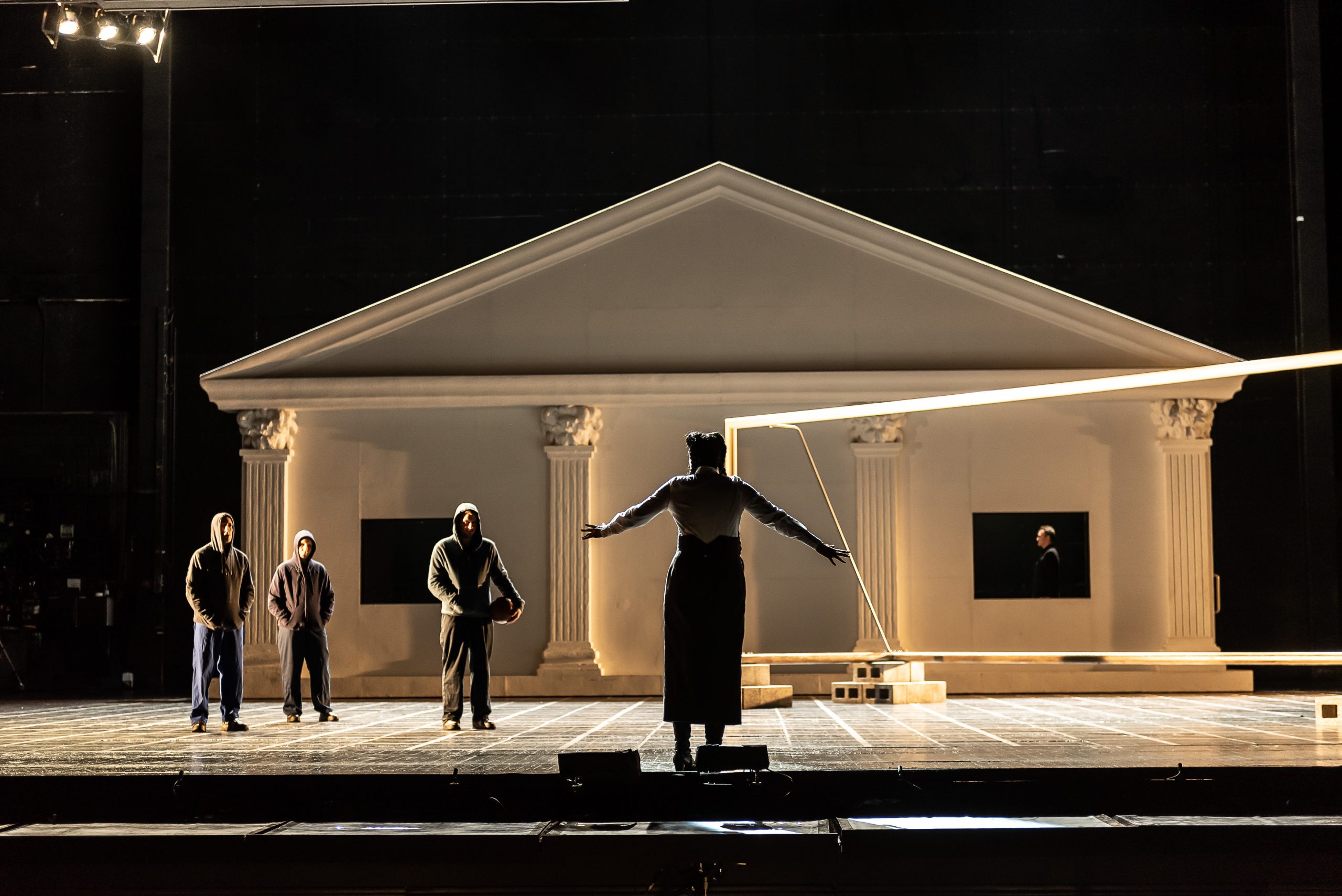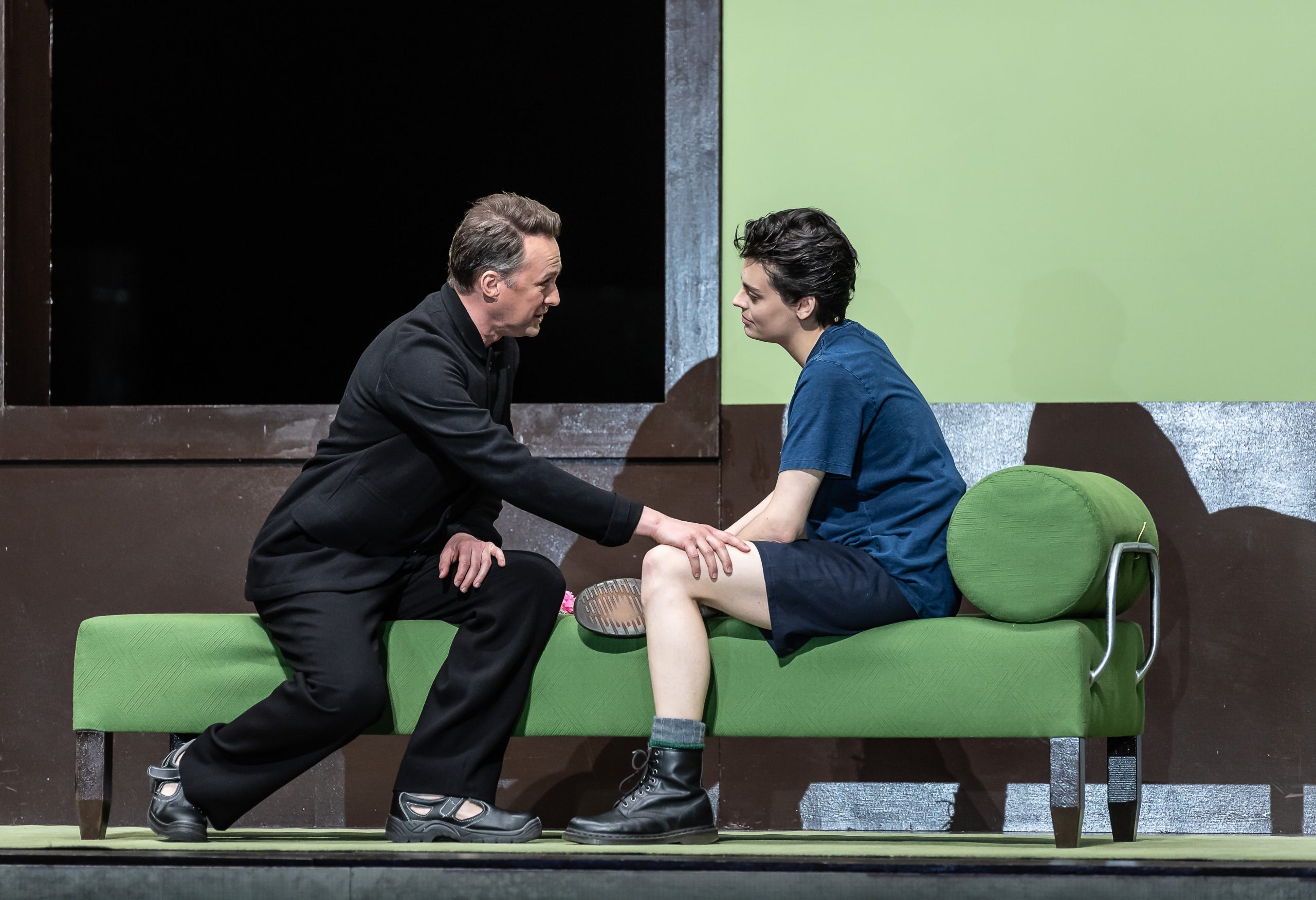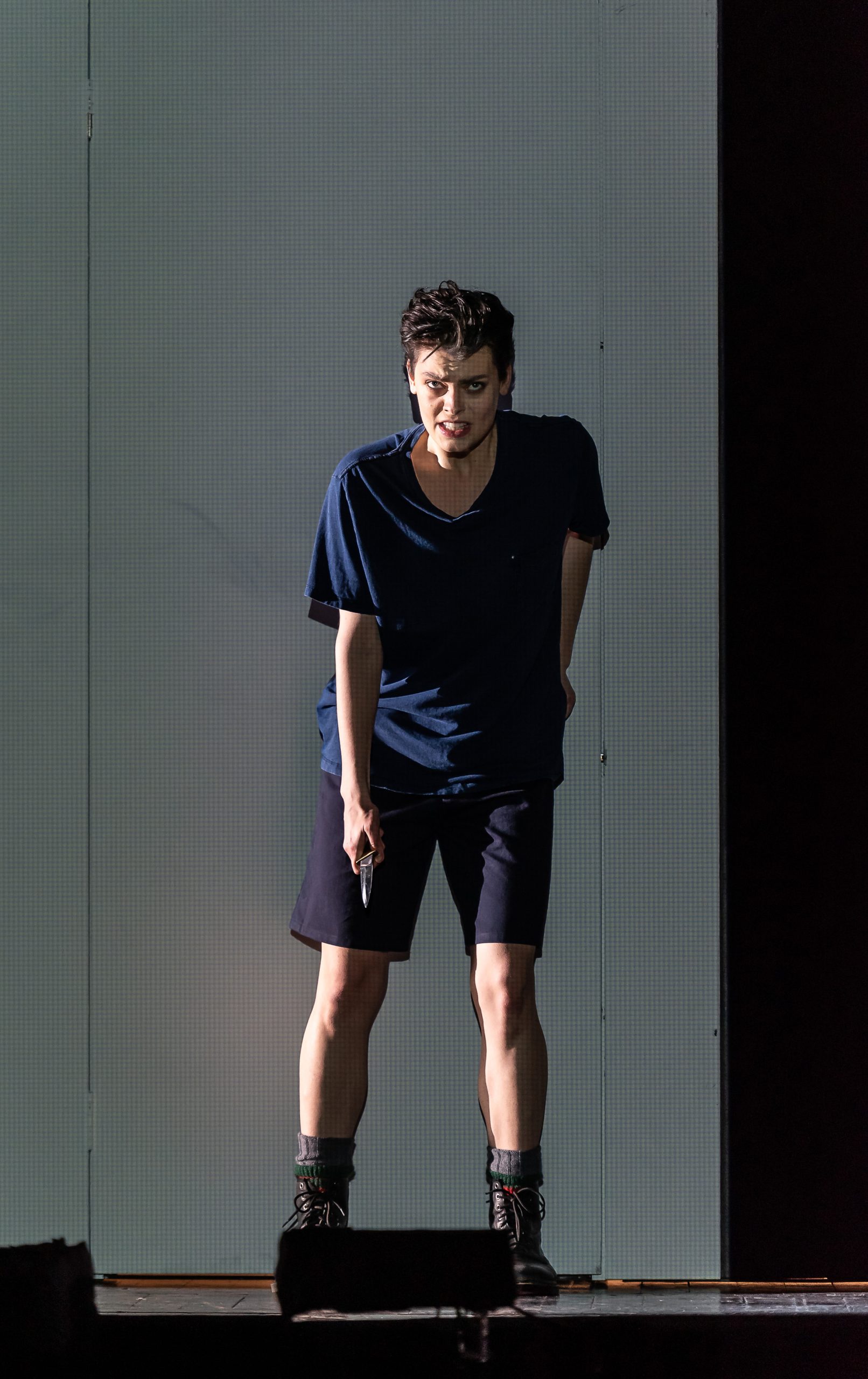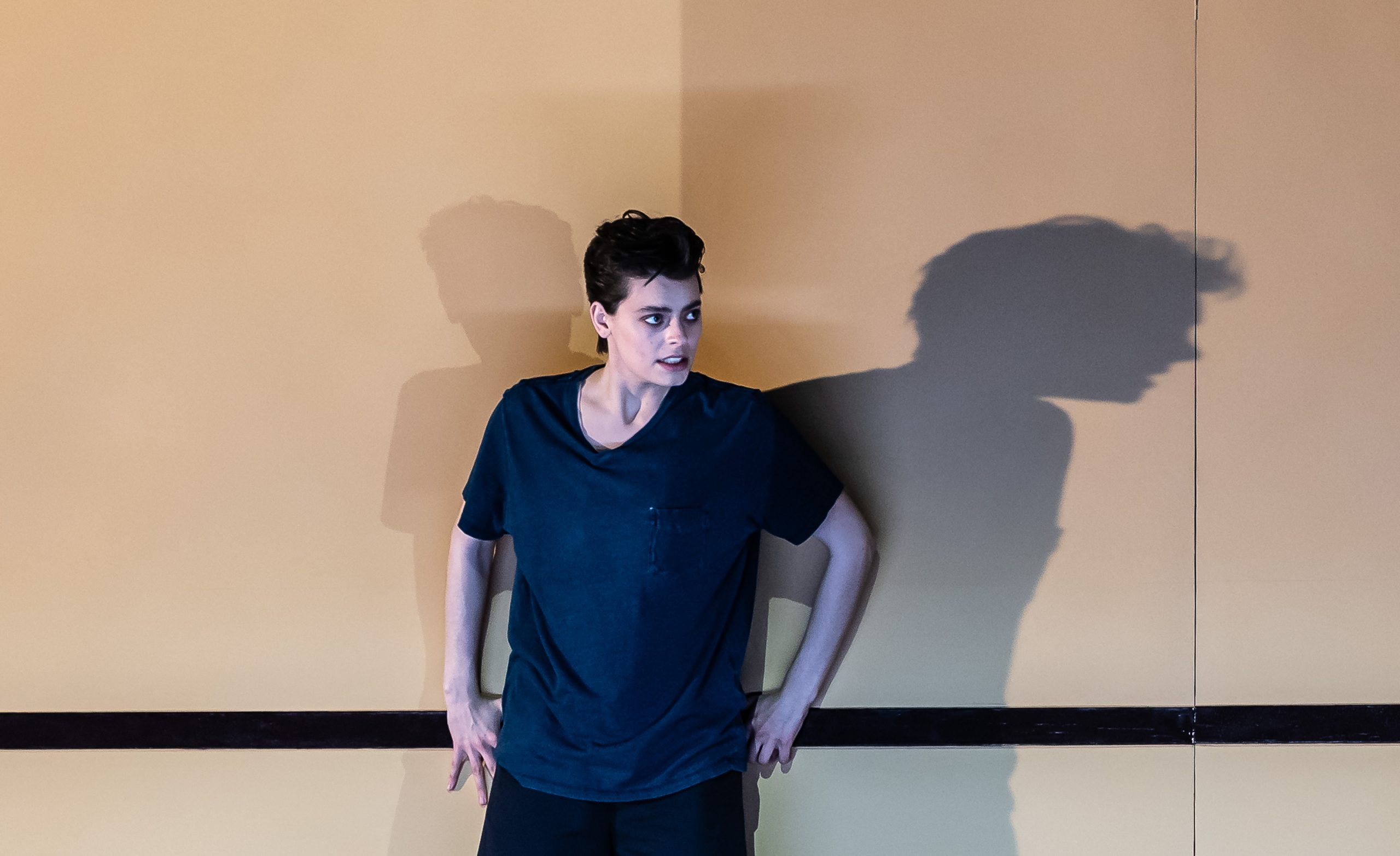Mozart’s La clemenza di Tito is currently undergoing a process of reappraisal by reinterpretation, the most radical in a flurry of recent productions being Peter Sellars’ for the 2017 Salzburg Festival. That turned librettist Metastasio’s “traitors” into “terrorists” with suicide vests, substituted a tragic ending, and added grandeur as well as length to the score by incorporating large chunks of Mozart’s oratorios and Masonic music.
Richard Jones’s new production for the Royal Opera House, Covent Garden (reviewed here via the May 21st live stream) took fewer liberties. It was in modern dress, but still set in Rome, as per the text. The sets by Ultz employed minimal, cut-away walls and panels to designate interiors; two-dimensional facades to indicate exteriors. This was as pared-down a version of the opera as Sellars’s was expanded and monumentalised. To an extent this was dictated by circumstances, Clemenza being the Royal Opera’s first genuine live show for many months, opening on the day that England’s COVID restrictions were partially relaxed. Audience numbers were restricted, members of the small orchestra sat well apart from one another, and the chorus were heard but not seen until their curtain calls, with masks worn.

A production image from La Clemenza di Tito, Roya Opera House, Covent Garden. Photo © ROH by Clive Barda.
The principals, rehearsed under COVID protocols, were at long last able to face each other and embrace onstage. The international cast drew predominantly on younger singers—the sort of fresh, healthy but occasionally raw voices normally associated with touring programs—and the narrow age range changed the conventional dynamics of the character interaction.
The biggest audience ovation came for the Canadian mezzo Emily D’Angelo, whose serious, sonorous voice, encompassing steel as well as velvet, was well suited to her convincing portrayal of the troubled teenage Sesto.
Yet it was the use of age-difference that created the most interesting and effective onstage relationship. Sesto and his co-conspirators were played as disaffected, soccer-playing youths, while Vitellia was depicted as a mature, dominating figure who held Sesto completely in her thrall. This made Sesto’s actions in obeying her instructions to betray Tito more convincing than they often are. (One did, perhaps, wonder why Emperor Tito was friends with a kid from the street.) Tito himself appeared as an enthusiastic young politician rather than an elder statesman (the Lithuanian tenor Edgaras Montvidas looking younger than his forty-five years); his references to his own magnanimity therefore came over as calculated politicking rather than acquired wisdom or a burden of responsibility. This was probably Jones’s intention, since at the end he had Tito leaping about in self-satisfied glee after pardoning his would-be assassins. As the final chord sounded, we saw his prefect, Publius, drawing a knife—the old guard ready to get rid of this liberal threat to established order, even if the young insurgents had lost their nerve.

Edgaras Montvidas (Tito) and Emily D’Angelo (Sesto) in La Clemenza di Tito, Roya Opera House, Covent Garden. Photo © ROH by Clive Barda.
Well, what of the music? As I have already hinted at, the slightly unseasoned voices meant that this was not the most mellifluous Mozart singing you will ever hear. As Tito, Montvidas was commanding in recitative and sang with pleasant openness, but lacked light and shade. Nicole Chevalier, the relatively experienced American soprano who sang Vitellia, took most of the first act to gain full control of her large voice, but used her fiery tone well to portray the embittered and manipulative character. Her compatriot, mezzo Angela Brower, gave us one of the evening’s most complete vocal characterisations as Annio, bright-toned, secure and subtle. Austrian soprano Christina Gansch sang Servilia with liquid timbre even if, as with Australian/American Joshua Bloom as Publius, she was unable to lend the sketchily written character much individuality. The biggest audience ovation came for the Canadian mezzo Emily D’Angelo, whose serious, sonorous voice, encompassing steel as well as velvet, was well suited to her convincing portrayal of the troubled teenage Sesto.

Emily D’Angelo as Sesto in La clemenza di Tito, Royal Opera House, Covent Garden, 2021. Photo: Clive Barda.
Perhaps because of performance circumstances, cast and chorus intermittently got ahead of conductor Mark Wigglesworth’s beat. He coaxed some attractive playing from the ROH orchestra, though his tempos and firm accents suggested he hankered after a more weighty interpretation than the small forces allowed. If the sum of all these parts might seem to deserve a less lukewarm review, I should say that the evening was let down by exaggerated facial contortions by the cast (at least when seen on screen rather than from the stalls) and some absurd physical histrionics, presumably at the instigation of Jones and his movement director, Sarah Fahie. Worst example: while singing her dignified internal monologue “Non più di fiori”, Vitellia was required to run round in circles flapping her hands and bumping into the scenery. But, irritations and all, of course it’s good to have live opera back, and we thank all those who defied the odds to make it possible.










